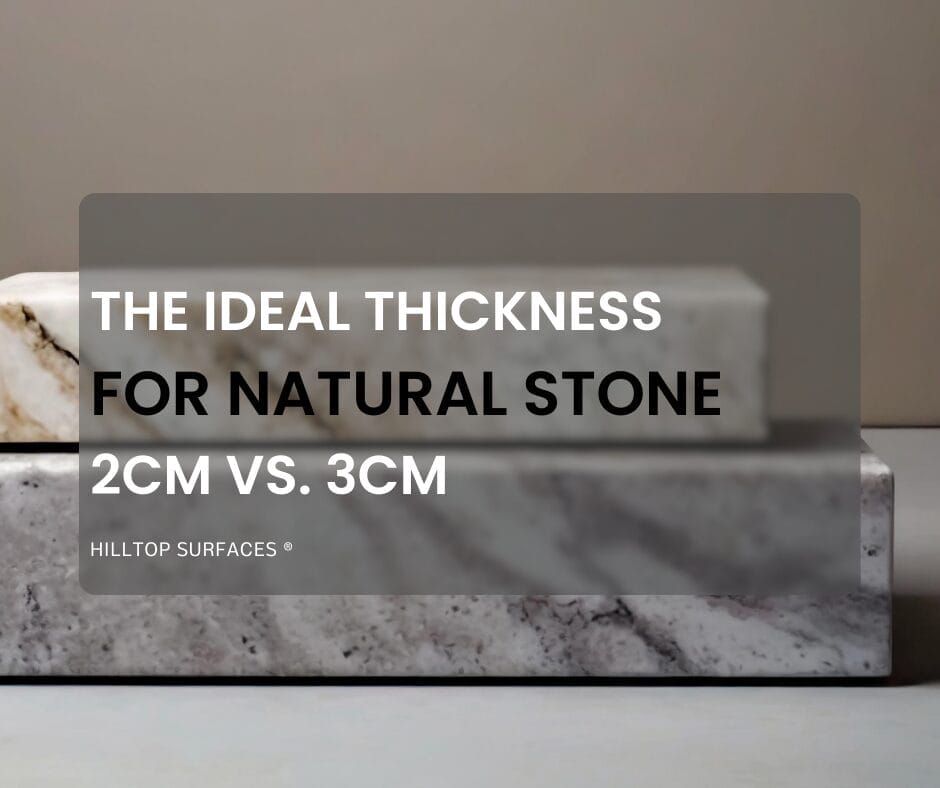Quartzite, with its natural beauty and impressive durability, has long been cherished in the design community for its ability to elevate indoor spaces. But what about its use in outdoor environments? This blog post explores the suitability of quartzite for outdoor applications, revealing the types of projects that benefit from its distinctive characteristics and why it’s a good choice for enhancing exterior spaces.
An Introduction to Quartzite
Born from the metamorphosis of sandstone under intense heat and pressure, Quartzite showcases a mesmerizing array of colors and patterns, each slab telling a unique story of geological transformation. Quartzite possesses a hardness and durability that rivals even the most robust materials. Its journey from sandstone to quartzite results in a dense, hard surface that exudes an elegant sheen, making it a sought-after material for both interior and exterior design projects. Read more about quartzite on our blog post: What is Quartzite?
Can Quartzite Be Used Outdoors?
The answer is yes. Quartzite’s inherent qualities make it an excellent candidate for outdoor applications. Its resilience against the elements, including resistance to UV rays, makes it fade-resistant, ensuring that the vibrant or subtle hues of the stone remain unchanged even under the sun’s relentless gaze.
Outdoor Applications: Where Quartzite Shines
Quartzite’s versatility allows it to adapt to various outdoor settings:
- Patios and Walkways: Its slip-resistant surface makes quartzite a safe and stylish choice for patios and garden paths, providing a luxurious underfoot experience that connects indoor elegance with outdoor tranquility.
- Outdoor Kitchen Countertops: The stone’s heat resistance is perfect for sunny outdoor kitchens, where it can withstand high temperatures without suffering damage or discoloration.
- Pool Surrounds: Quartzite’s low heat absorption ensures that even on the hottest days, the area around the pool remains comfortably cool, inviting barefoot comfort without the risk of overheating.
- Exterior Cladding: For those looking to make a visual statement, Quartzite can be used as cladding for walls and other architectural features, offering not only stunning aesthetics but also an additional layer of durability against the weather.
Characteristics That Make Quartzite Suitable for Outdoor Use
Several key features of quartzite contribute to its suitability for outdoor environments:
- Durability: Quartzite’s strength makes it resistant to wear and tear, capable of enduring the rigors of outdoor conditions without compromising its integrity.
- Resistance to UV Light: Unlike some materials that can fade or discolor when exposed to sunlight, quartzite maintains its color, ensuring lasting beauty for exterior applications.
- Heat Resistance: Its ability to withstand high temperatures makes it an ideal choice for surfaces in sun-exposed areas, keeping them cool and functional.
- Low Maintenance: Requiring minimal upkeep, quartzite is an attractive option for those seeking both beauty and practicality in their outdoor spaces. Periodic sealing can enhance its resistance to stains, preserving its natural splendor with little effort.
Final Thoughts
In conclusion, Quartzite’s natural beauty, combined with its exceptional durability and resistance to the elements, makes it a superior choice for outdoor applications. Whether for patios, pool surrounds, or exterior cladding, quartzite not only elevates the aesthetic appeal of outdoor spaces but also offers a long-lasting, practical solution that stands the test of time. Incorporating quartzite into your outdoor projects promises to blend the artistry of Natural Stone with the demands of outdoor living, creating spaces that are as enduring as they are enchanting.













